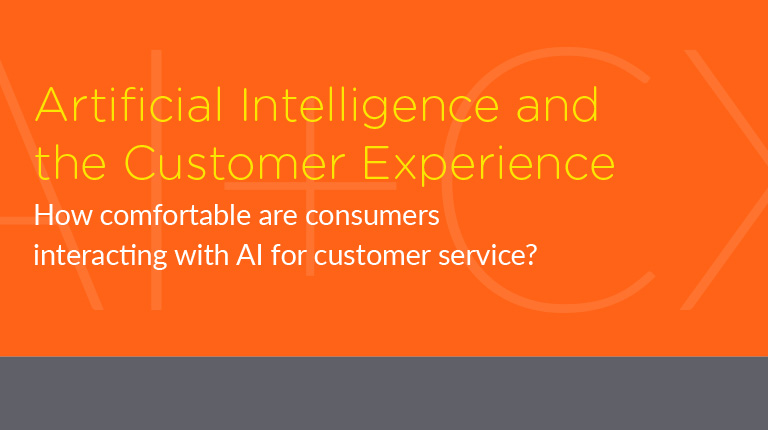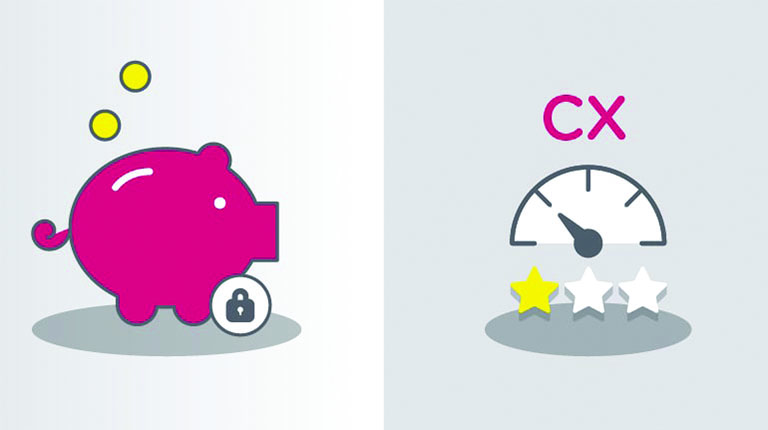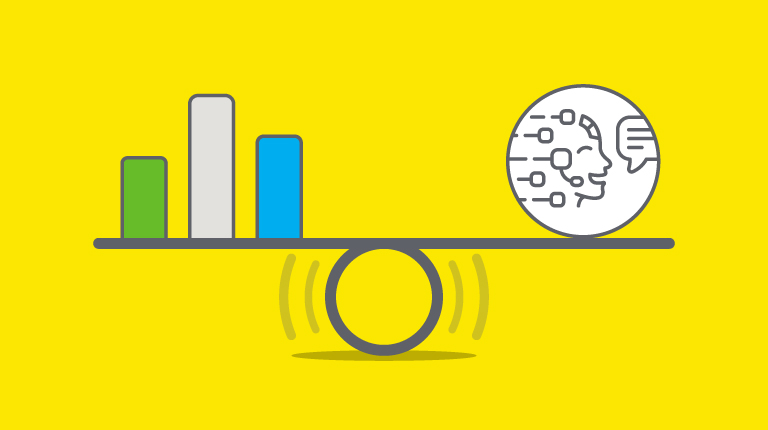We live in an age where we frequently come in contact with retailers. Whether you are buying groceries in your local supermarket, online shopping with your favorite clothing brand, trying on makeup at a large department store or searching for a birthday present in a toy store catalog, the retail industry is large and diverse.
Given the large breadth and depth of retail offerings, retailers have significantly shifted their focus to customer experience to differentiate themselves and provide customers with unique experiences. Using technology such as artificial intelligence, retailers are able to transform the way that customers interact with them. For example, for some retailers, customers were only able to contact them during business hours and often had to wait in long queues before being served. This caused frustration and often led to a negative brand perception from the customer. Now, with solutions like Intelligent Virtual Assistants (IVA), customers can contact businesses on their own time without having to wait to be helped. This innovation in retail caters to on-the-go consumers by offering ways to make shopping easier and more convenient than ever before with self-service channels.
According to IDC, retailers will lead global spending on AI systems, investing $5.9 billion this year on solutions like automated customer service agents. So with this projection of heavy investment in AI systems by retailers, especially in the customer service space, how do consumers feel about helping themselves? To find out, we conducted a survey to examine customer preferences around the use of self-service technologies in retail,the perceived benefits associated with these technologies, and what constitutes a good and a bad CX in customers’ minds.
We will release our full survey report next month, but in the meantime here are three key takeaways that we found from our collected data.
1. Customer Experience
When asked the top reason for switching retailers, 41% of respondents said that a poor customer care experience would make them take their business elsewhere. In fact, Frost and Sullivan stated that “By 2020, customer experience will overtake price and product as the key differentiator.” It is clear from these results that retailers must shift their focus on customer experience if they want to keep up with customer preferences.
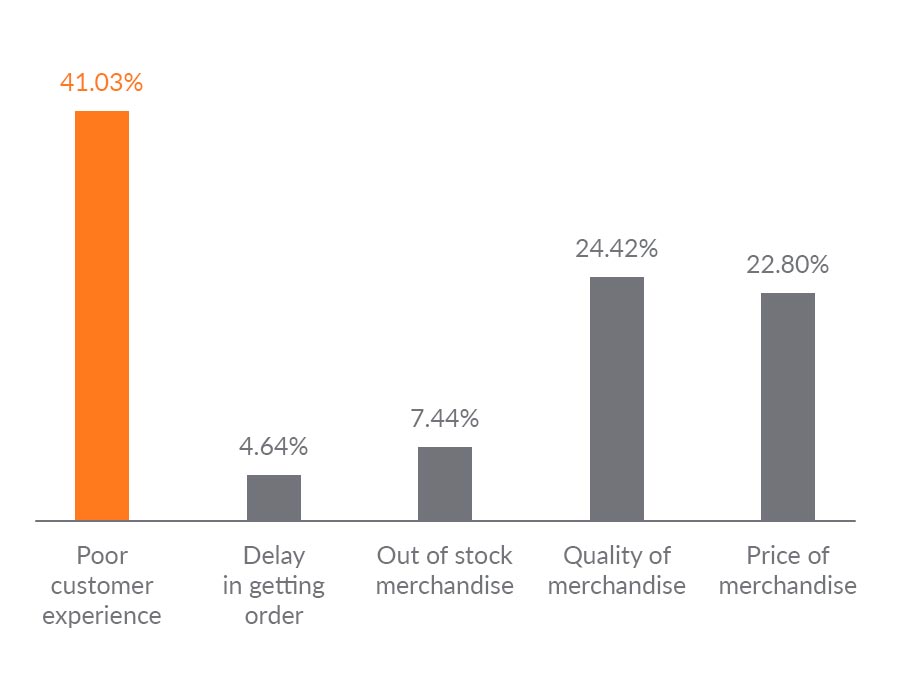
2. Convenience
Our survey showed that 52% of people want the option to contact a retailer when it is convenient for them, such as outside of normal business hours. This conveys that when communicating with retailers, people want to get things done on their own time without limitations. Being able to get things done efficiently followed as the second most important factor when contacting a retailer. So while it is important for an interaction with a business to be efficient, if a customer isn’t able to do it at a time or on a channel that is convenient to them, they could leave with a negative experience.
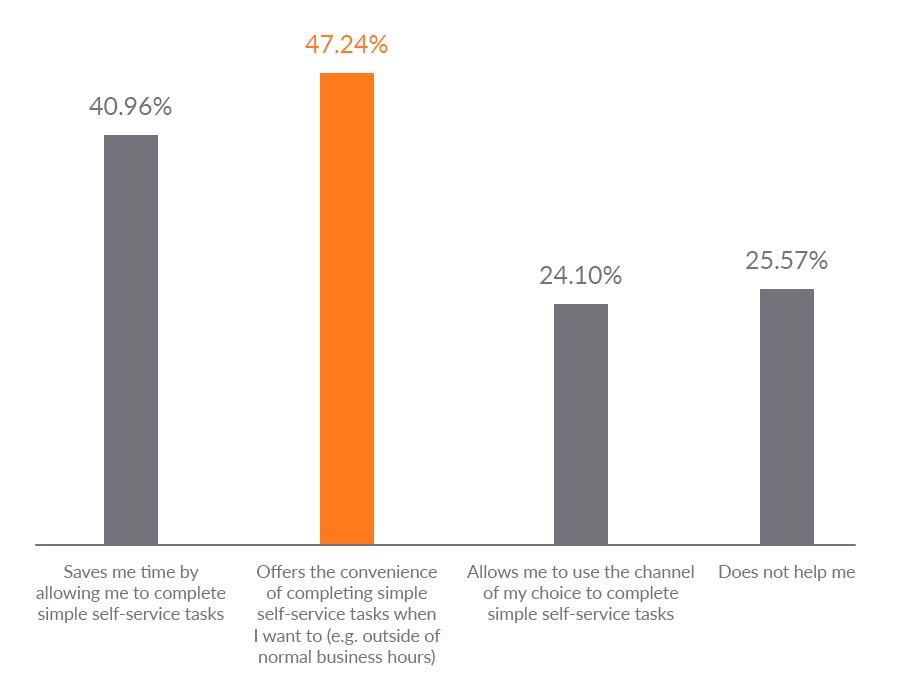
3. Self-Service
The survey results drastically proved that out of all other industries, retail ranked as the top industry in which consumers felt the most comfortable using self-service. Industries like healthcare and financial services ranked the lowest. This shows that customers in retail are ready to accept new technologies, like IVAs, to make their shopping experiences more convenient and more efficient. Common ways that retail customers could use self-service are to place an order, check product availability or order status, pay bills, and getting technical support with a product.
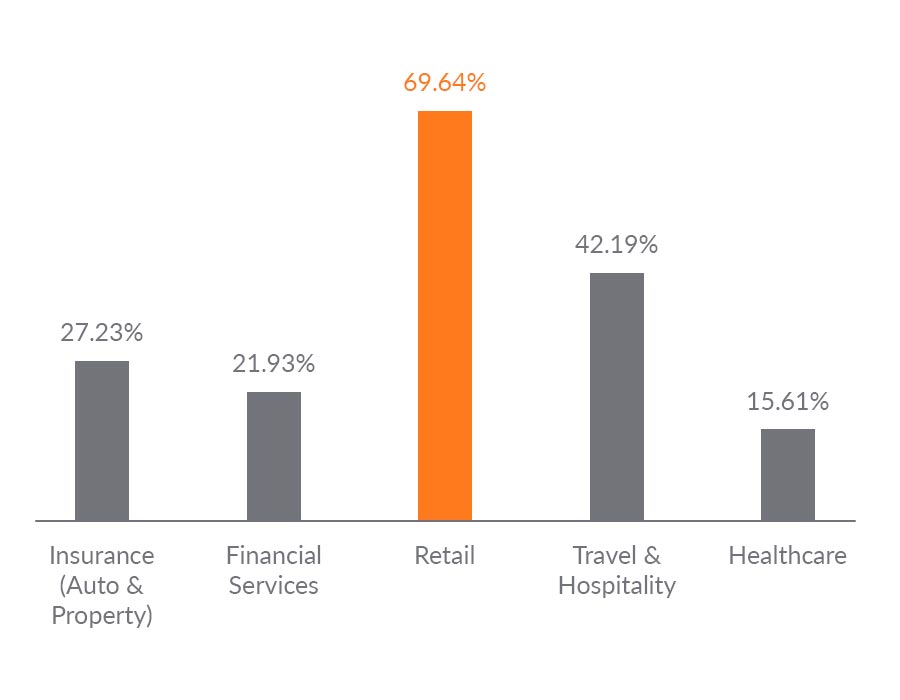
Paying attention to customer preferences is essential to stand out from the competition and deliver exceptional customer experience. By adding Intelligent Virtual Assistants or other technology to improve ease in shopping to their customer experience lineup, retailers can answer to these three takeaways and keep their customers coming back time and time again. They can get rid of long and frustrating wait times, expand into more channels, and provide both a convenient and efficient way to get things done. Stay tuned for more survey results that will be released next month.


